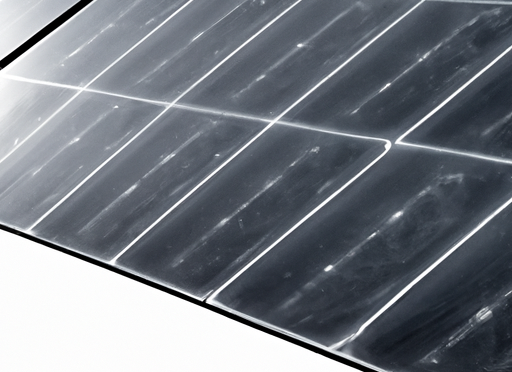Monocrystalline solar cells are solar energy devices that convert sunlight energy into electricity. They are among the most common types of solar cells and are widely used in solar energy harnessing.
Monocrystalline solar cells are basically made of a single crystal, which is produced by a special process. This crystal has an extremely clean and uniform structure, which allows for more efficient energy conversion. Monocrystalline solar cells are often seen in blue or black and are usually square in shape.
The advantage of monocrystalline solar cells is that they have a high efficiency, i.e. they can convert larger amounts of solar energy into electrical energy. This means that fewer solar panels are needed to achieve the desired output, which reduces installation costs and space requirements.
However, manufacturing monocrystalline solar cells is a more complex and costly process than other types of solar cells. They are therefore also generally more expensive than other types. In addition, the efficiency of monocrystalline solar cells can be reduced if they are not operated in optimal conditions, for example if they are in shade or are not properly aligned with the sun.
Monocrystalline solar cells are often used in home and industrial solar power systems, as well as in small-scale applications such as portable chargers or small electrical devices. The high efficiency and reliability of monocrystalline solar cells make them a popular choice for solar energy applications.
Overall, monocrystalline solar cells are an efficient and reliable means of harnessing solar energy. Although they can be more expensive and more sensitive to environmental factors, their high efficiency and long lifetime make them a popular choice for many solar energy systems.
∑: monocrystalline, energy, efficiency, devices, convert, harnessing, crystal, process, efficient
